.
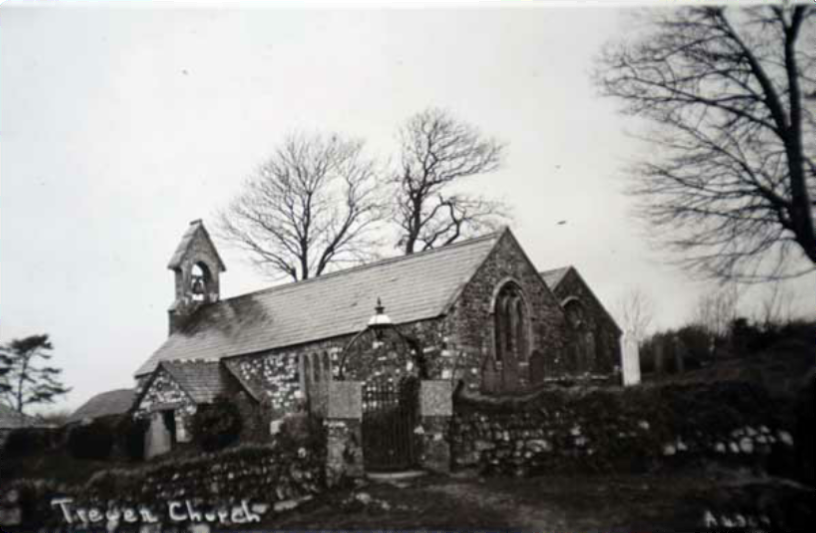
Trewen (Cornish: Trewynn) is a hamlet and a civil parish in east Cornwall, England, United Kingdom The parish is just east of Bodmin Moor in the River Inny valley and lies in the Registration District of Launceston. The name of this parish, which is Cornish, is said to imply the fair town, or place of innocence. Trewen parish is bounded to the north by Egloskerry parish, to the east by St Thomas-by-Launceston, to the south by South Petherwin and to the west by Altarnun and Laneast parishes. The population of Trewen parish in the 2001 census was 134. This had increased to 142 at the 2011 census. The population of Trewen was 193 in 1801, 221 in 1841, 99 in 1921 (it declined at every census between 1851 and 1921), 80 in 1961 and 141 in 2011 (it increased at every census between 1971 and 2011). The barton called Menwenick in this parish, which, in the days of Henry IV, belonged to a family of this name, which has long since become extinct.
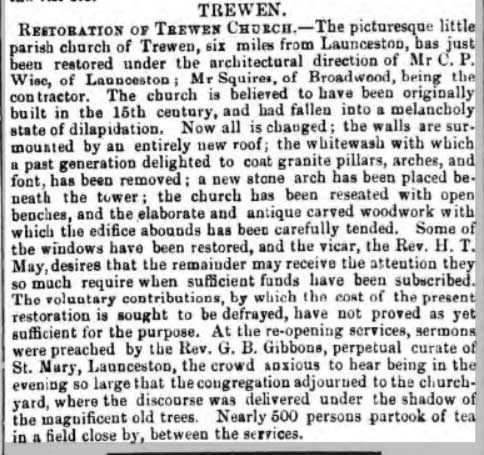
The hamlet of Trewen is situated 5 miles (8 km) west of Launceston. The parish church of St Michael is in the village a. The little church has a bellcote rather than a tower. The church is an ancient granite building in the Early Perpendicular style, which was restored in 1863/1864; it comprises a chancel, nave, and north aisle. The font is Norman, square and plain. Against the north wall of the church there is a common stone with an inscription on it for Arthur Roe of Menwenick, who died in 1639; and another on the floor in the north aisle for Margaret Roe, wife of the above Arthur, who was buried in 1633.
Other hamlets in the parish of Trewen is Trenault, Piper’s Pool which straddles the A395 road and part of Hicks Mill (Hix Mill). At one time it had two annual fairs chiefly for colts, sheep and lambs. These were held on May 1st and October 10th.
The Methodist Movement.
Methodism first came to Pipers Pool in the early nineteenth century when William and Mary Bettes who lived there and were members of the Tregeare Society were responsible for its beginnings. William, a shoemaker, was a class leader and the probability is that his class actually met at his home at Pipers Pool. Certainly between 1810 and 1815 this class was made into a separate society, known in 1815 as Trewen and in 1819 as Pipers Pool society. William as a local preacher was disciplined in 1817 by the circuit preachers meeting together with James Jago of Tregeare, ‘for drinking to excess and abiding at Trewen Fair till a late hour of the night. The continuance of Methodism at Pipers Pool (for reasons not necessarily connected with Bettes’s behaviour) remained uncertain for a number of years. A society was formed at Laneast in 1817 and by 1823 the few numbers at Pipers Pool had been taken, at least provisionally into it. But in the end, the local voices prevailed and Pipers Pool was reconstituted in 1825 as a society in its own right. It was still small, however, with six members. The Wesleyans began the development of the present chapel site when they bought a small plot of land in 1839. Situated in the northeast corner of the present chapel ground, it cost £5, and on it, the first chapel was built, a plain stone-walled building. The trustees of the newly acquired property were mainly from local yeoman farmers, George Orchard and Richard Venning of Trewen parish, Thomas Adams, William Jenkin, Samuel Bennett, Ralph and Joseph Venning, all of Laneast, John Ebbott of Egloskerry, and two who were not farmers, Richard Gill, carpenter, of Launceston, and Thomas Pearse, tanner, of St Stephens.
“Ebenezer” – the name means “Hitherto hath the Lord helped us” – served the society well for thirty-six years, from [1839 to 75]. During those years there were, on average, twelve members in the society. There was little fluctuation in the membership except in 1843, when it rose from 13 to 22, and in 1857 when it more than doubled, from 12 to 26. Evidently, a local revival accounted for both increases, but in both cases, the gains were quickly lost within the next few following years.
The congregation, of course, was larger than the membership. In estimating the size of a Victorian Cornish Methodist congregation it is usually safe to multiply the number of members by three, and the official count of the congregation at Pipers Pool one March Sunday in 1851 confirms the accuracy that rule of thumb. On that Sunday the stewards reported attendance of twenty-eight and an evening attendance of fifty-five. This means of course, that even the best attended service the chapel was little more than half full, though allowing for the “spread” of the congregation the chapel looked comfortably full most Sundays.

The 1839 chapel soon proved to be too small for the mid-Victorian congregations and it was decided to build a new one. This was opened on Thursday, July 27th, 1876, costing around £703 to build. The forth trust (1929 – 1957), with Lewis Dinnis as the steward, gave its attention to the building which was now 50 years old. Dampness had begun to affect the front wall and this was combatted in 1931 –1932 by hanging rows of asbestos slates. Miss Bawden collected £25 to meet the cost of the work. There were further renovations in 1938.
The fifth trust (1965 – 1967) introduced electric lighting in 1957 and within a couple of years, electric heating was also added. In 1960 the trustees decided to extend the building westwards to provide kitchen and toilet accommodation, but when the cost was realised the latter was scaled down to the provision for the time being of an Elsan in the old boiler house. The church was re-opened when the work was completed in September 1964, by Mrs D. Parsons, of Tresmeer. John Rowe re-decorated the church free of charge in 1957, and Thomas Dodd did similar work in 1970. In 1972 a car park was laid out in the upper part of the churchyard, the hardcore being given by Austin Harris of Blackhill Quarry, Two Bridges. In 1974 a new extension was added, consisting of a kitchen, cloakroom and two toilets. The work was carried out by Fred Sandercock, who provided the materials at cost price, with help from others, and was officially opened on May 30th, 1975.
The Sunday School was started in 1842 by George Orchard, who farmed Trethorne in the adjoining parish of St Thomas, was a trustee at Pipers Pool, in 1839, from the age of twenty-six, and for the next two decades, he served the society alongside Thomas Adams. It met at first in the chapel in the afternoon: seventeen scholars were present on the day of the census in 1851. In 1866 there were forty-five scholars and eight teachers, four of the latter being members of the society. The school subscribed to the Christian Miscellany for the teachers and Early Days for the scholars. By the 1860’s they were using the Wesleyan Sunday School Magazine and the Teachers Assistant for lesson material. The lessons were bible-based and sometimes the Catechismal. One edition of Early Days, 1860, gives an example of that kind of teaching:
“Little girls.” said Miss Bell to her Sabbath-school class; “What do you understand by the Trinity?” “Three persons in one God, the Father, the Son, and the Holy Ghost” answered the children. “Do you understand how there can be Three Persons in one God, and all equal?” asked Miss Bell. “No, teacher.” “Do you think anyone does?.” “I suppose you do, teacher”, said Sophie; “No,” said Miss Bell . . . “but we do not constantly believe a great many things we do not understand.”
By 1869, with 49 scholars on the register, and an average attendance of thirty, the staff still remained eight in number, but by this time all of them were either members or members on trial. The Wesley Catechism was in regular use. The school and the church were closely linked and the children attended the services as well as the school. In 1874, fourteen younger people were attending a membership or catechumen class.
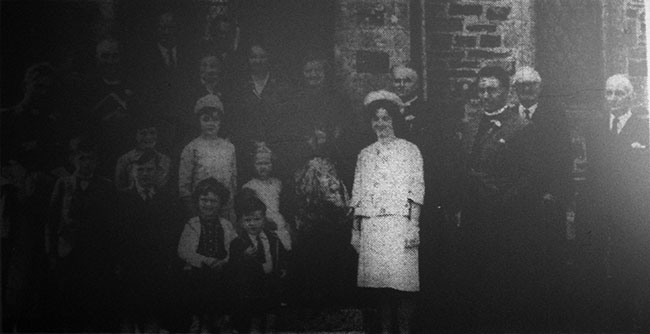
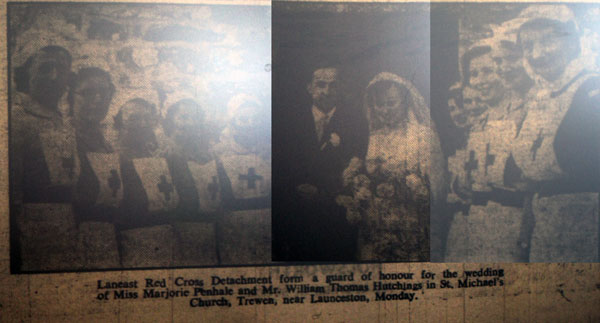
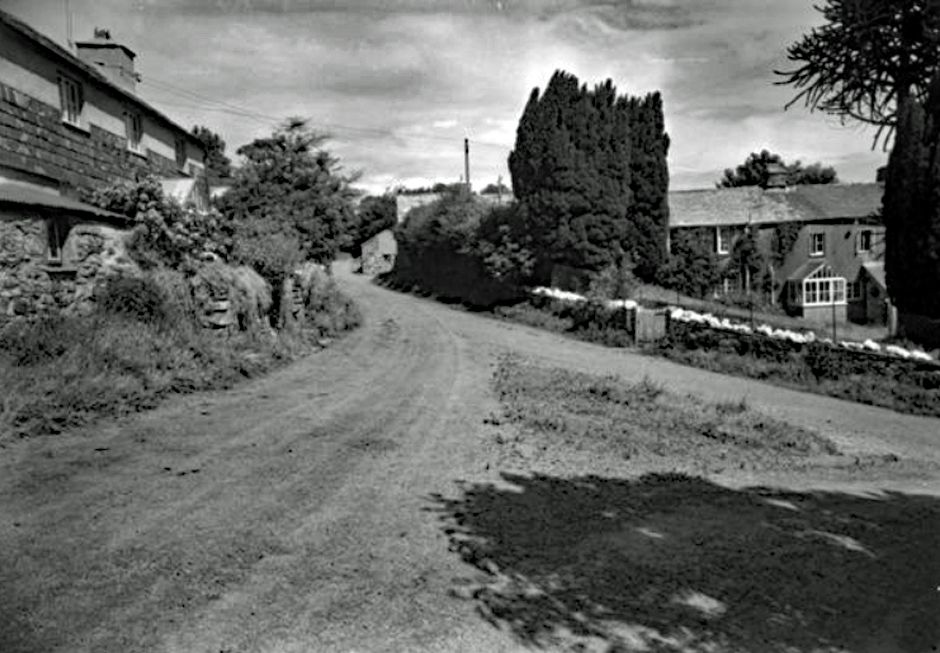
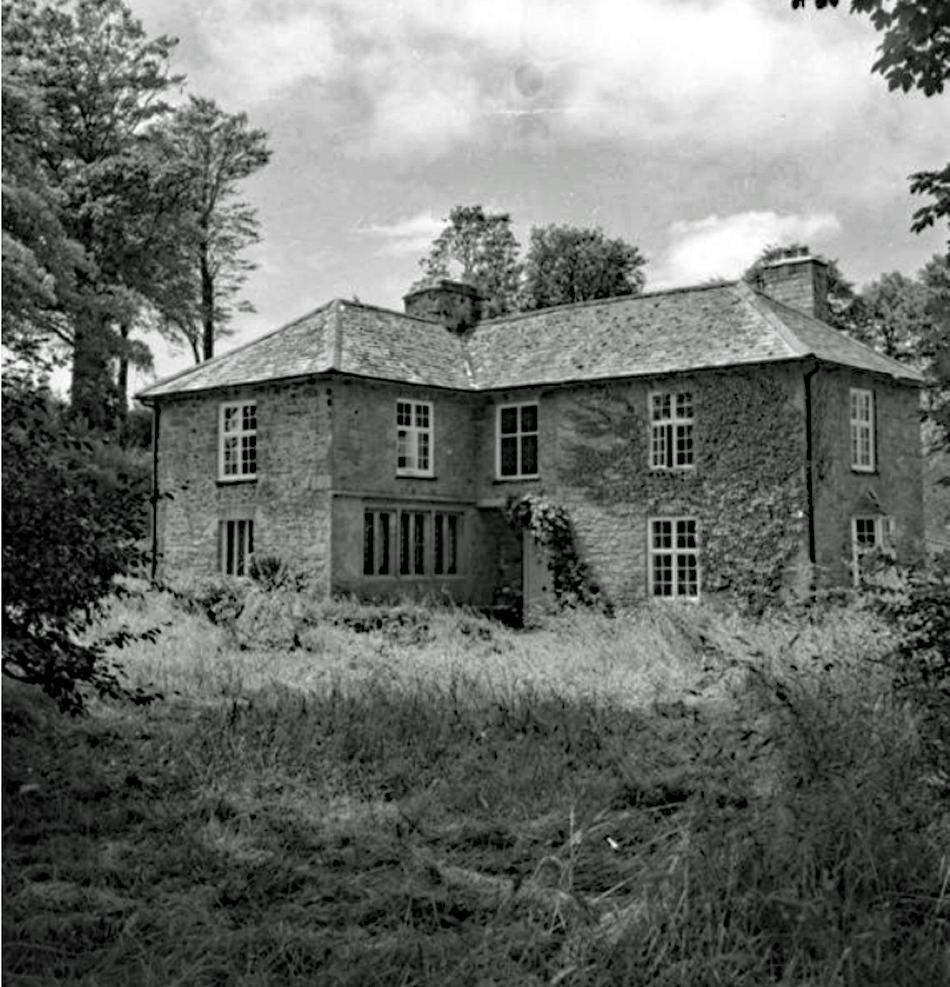
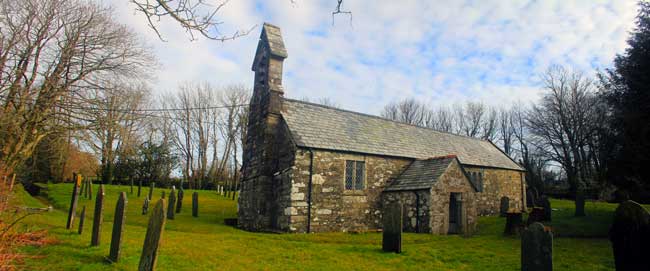
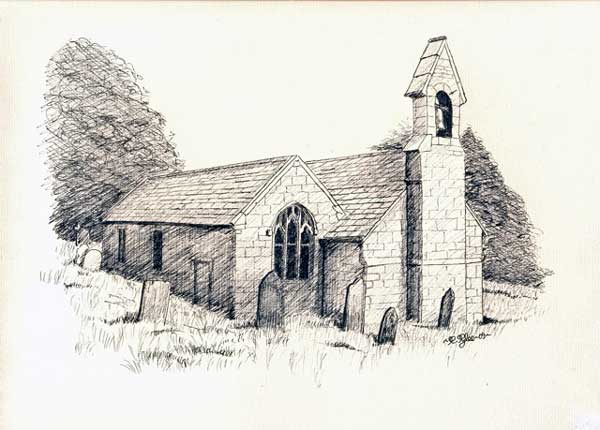
Visits: 191
